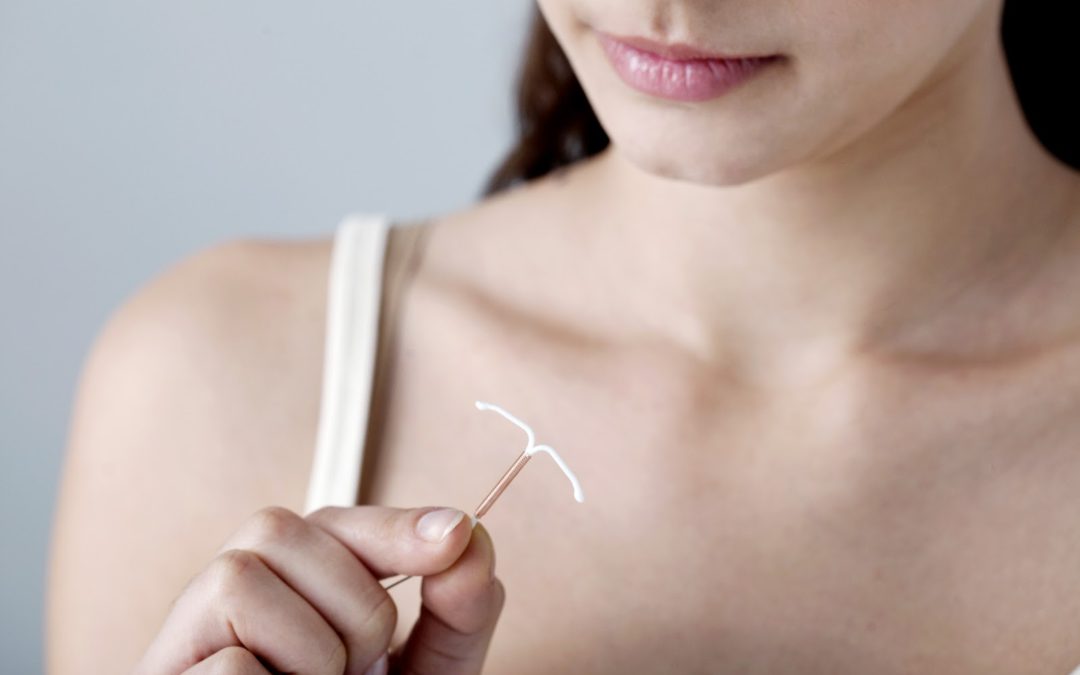Here’s what you need to know about IUDs and if they are the right form of birth control for you!
What is an IUD?
IUD, or intrauterine device, is a form of birth control and is a “T” shaped object that fits inside your uterus. It works by stopping sperm from reaching and fertilizing eggs. While they may not work for everyone, they are both safe and effective for the majority of women.
Are there different types of IUDs?
There are two types of IUDs: Hormonal and Non-Hormonal.
Hormonal: Hormonal IUDs release a synthetic hormone, which causes mucus in the cervix to thicken, making it almost impossible for sperm to reach the egg. It also thins the lining of the uterus, making it difficult for an egg to implant in the uterus if sperm was to make it through the thickened mucus.
PROS
- When used properly, hormonal IUDs are 99% effective.
- Known to lower the risk of certain cancers in women.
- Can regulate periods or make them non existent for some.
- These are a better option for women that can’t use oral contraceptives that contain estrogen.
CON
- If you get pregnant while using this type of IUD, you are at a higher risk of having an ectopic pregnancy which is when the fertilized egg is implanted in the fallopian tubes rather than the uterus.
Non-Hormonal: Non-Hormonal IUDs are copper, and do not release hormones. The copper damages the sperm, and also causes the immune system to stop any egg development.
PROS
- Last longer than hormonal IUDs.
- Is instantly effective upon insertion.
CONS
- Unlike the hormonal IUD, these are made with copper, therefore if you have an allergy to copper then this is not recommended for you.
- This type can also cause heavier periods for some women.
What are the benefits to using IUDs?
In addition to preventing pregnancy, there are also some added benefits to choosing an IUD over common birth control such as condoms or the pill. One plus is that the IUD is considered hassle-free! Remembering to take a pill every day at the same time can be a struggle, and sometimes you just forget to take it. Once an IUD is inserted, you won’t have to worry about it until it is time to change it or you decide to have it taken out—which can easily be done. Also, depending on which type of IUD you choose, it can last anywhere from 3 to 10 years before you have to change it. IUDs are known for being extremely effective because they have an extremely small fail rate.
What are the risks of using IUDs?
While there are many positives to this popular type of birth control, there are also a few risks that are important to consider before choosing this as your form of birth control. To begin, the procedure to have it inserted can be uncomfortable and can cause slight cramps and bleeding. Also, there is a chance that the IUD could shift out of the uterus and move around—if this happens, contact your doctor immediately. Signs that this could have happened would be that you felt it move around, or have unusual cramps or discharge. While using an IUD, there is a small chance during the first three weeks upon insertion that one could develop PID (Pelvic Inflammatory Disease). If you develop any pain in your lower abdomen, have a fever, unusual discharge or burning sensation, contact your doctor immediately. If left untreated for too long, PID can cause damage to your reproductive organs. Finally, it is important to mention that while IUDs work well as a form of contraception, they DO NOT protect against STDs.
When it comes to choosing a method of birth control, make sure to find one that fits both your body and lifestyle needs. Everyone is different, and each form of birth control is going to have different effects on each person’s body, which is why it is important to find what is right for you. As with any medical changes your choose, make sure to consult a physician regarding any questions or concerns that you may have.
If you have more questions regarding birth control or want to schedule an appointment, feel free to call or schedule an appointment with us.
